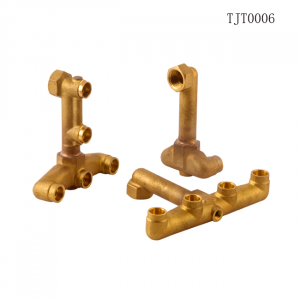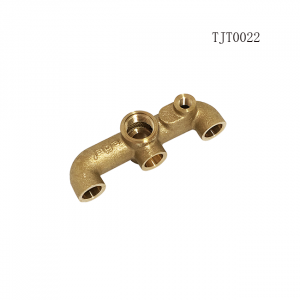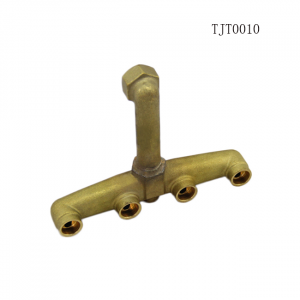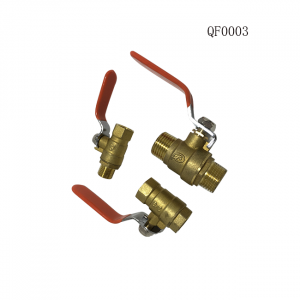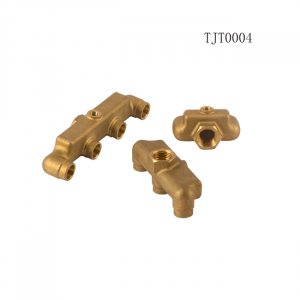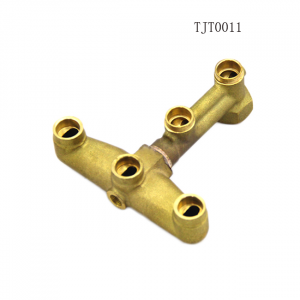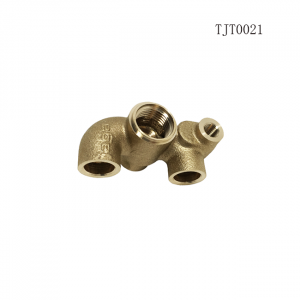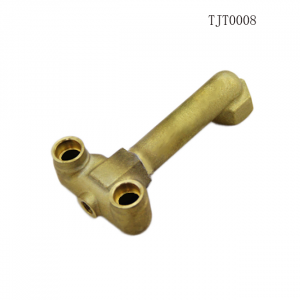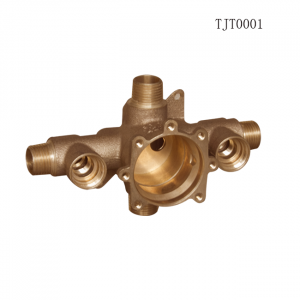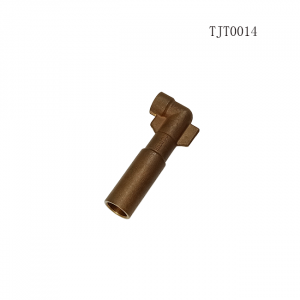Recently, many friends who are not in the casting field asked why copper alloys should be smelted? Today we will tell you more about copper alloy smelting.
There are three main types of raw materials for copper alloy smelting: 1. cathode copper (electrolytic copper); 2. geometric waste generated during processing; 3. purchased waste copper. In order to achieve the required alloy composition ratio, it must be smelted. In copper alloy smelting, the ratio of raw materials is directly related to the quality of the casting product. At the same time, it is the key to the level of production cost.
Why do copper alloys need to be smelted?
(1) Compound alloy
According to the alloy composition ratio, select the appropriate metal raw materials. Then melt and refine them at high temperature to obtain alloy melt with qualified composition.
(2) Melt purification
Through the use of chemical reaction or physical adsorption, sedimentation and other refining measures for degassing and impurity removal, so as to guarantee the quality of the metal.
(3) Melting metal
The solid raw material is converted into a liquid melt by high-temperature heating, so that it has sufficient fluidity to fill the cavity during casting.
Many products in our daily life are copper alloy products, such as wires and cables, copper models, etc. In industry, many mechanical bearings use steel balls and copper sleeves. In addition, we can also find copper alloys in copper bearing bushes, copper ball seats, copper guide plates, and copper worm gears.
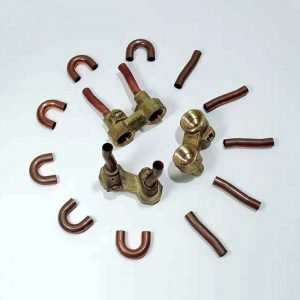
brass cast pipe
Key points of copper alloy smelting process:
- Preparation
The charge should be clean, water-free and oil-free, and preheated before loading. Approximate ratio should be copper to zinc (800kg : 20 kg)
- Loading
Melt the most numerous ingredients first. Master the changing law of alloy melting point to avoid alloy high temperature melting and midway solidification. Add the ingredients that are difficult to oxidize and reduce first. And then add the ingredients that are easy to melt, easy to oxidize, and volatile
- Melting
The melting temperature of copper alloy is between 800±50 degrees Celsius
- Deoxygenation
Commonly used deoxidation method: phosphor copper. Deoxidation products should be completely removed, otherwise it will increase the impurity content in the alloy liquid
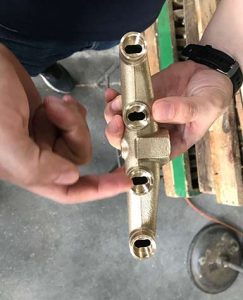
brass casting manufactures with core sand casting
Yide Foundry can provide accurate cost and time estimates for your custom castings. We can produce high-quality custom metal castings that meet your requirements. Please contact us for more information. We will work with you to determine the product project, and then recommend the most economical materials and production methods.

